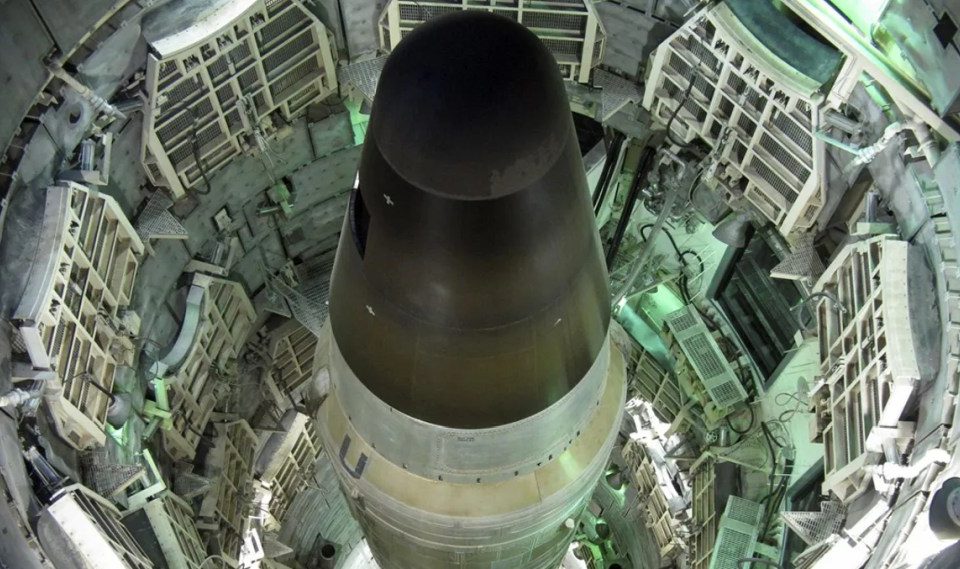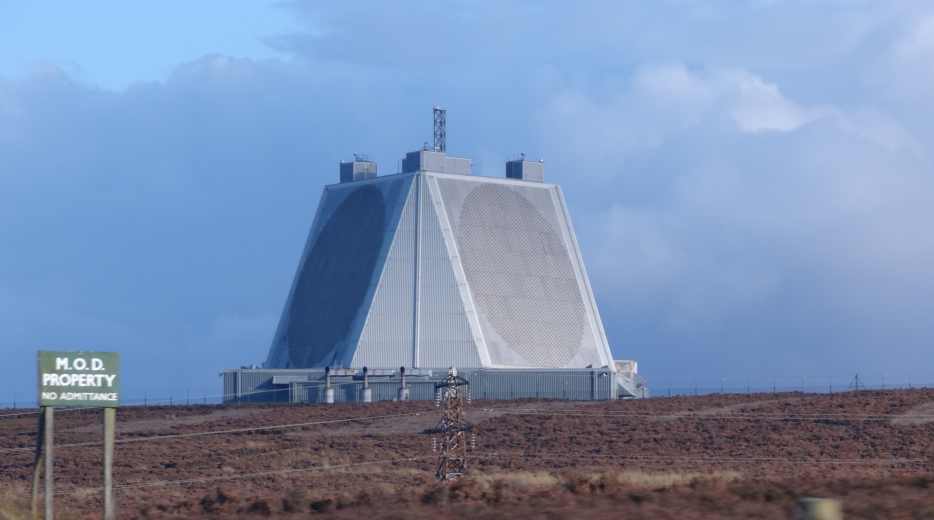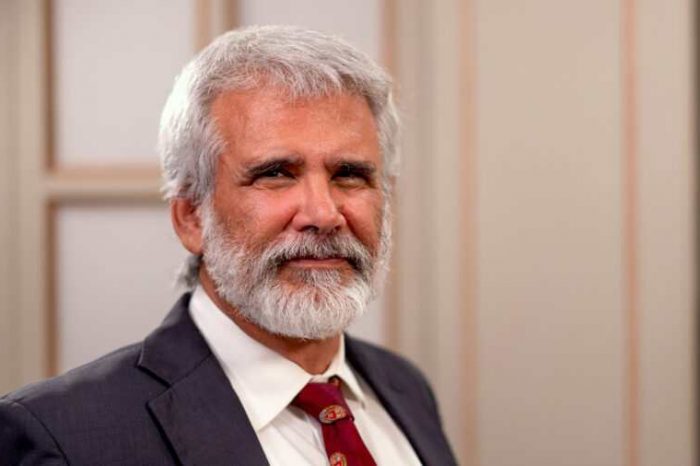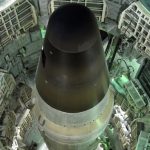The Future of Modern Warfare: How a Cyber Intrusion Against The Command and Control for Nuclear Weapons Could Lead to World War 3

The drumbeat of war between Russia and Ukraine escalated in recent weeks as tensions between the US, NATO, Russia, and Ukraine reached a dangerous new level. What will happen next is anyone’s guess. Last week, Russia and China aligned together and warned the U.S. and NATO to stop any “further enlargement of NATO” in eastern Europe.
During the meeting, Russian President Vladimir Putin and Chinese leader Xi Jinping present a united front and promised deeper ties, and declared “no limits” in their partnership against the United States and its ambition in eastern Europe.
The announcement came just a few days after U.S. President Joe Biden announced he would order 3,000 American troops to bolster the defense of US allies in Europe. Biden will send 2,000 troops in the U.S. to Poland and Germany, where they will join other troops. Another 1,000 who are already in Europe will be moved to Romania.
But this week, President Putin said that if Ukraine joins NATO and decides to return Crimea using military means, European countries will be automatically at war with Russia, and ‘there will be no winners.’ Pointing his finger in at a French reporter, he said:
“Russia is a military superpower and a nuclear superpower” and warned: “There will be no winners and you will be drawn into this conflict against your own will.”
President Putin’s message is very clear. Russia has the most nuclear weapons than any other country in the world and war with Russia could potentially lead to World War 3. Russia currently has 6,255 nuclear warheads followed by the United States at 5,550.
That’s not all, Russia also has The Avangard, the world’s fastest nuclear-capable hypersonic intercontinental missile that can travel from Moscow to New York in 14 minutes. In addition, with the US’s disgraceful withdrawal from Afghanistan after 20 years of trillions of dollars wasted in the Middle East, it will unwise for Europe to put their trust in the United States for protection.
The talk of nuclear way also raises another cyber-nuclear security question: What role will cybersecurity play in the event of a nuclear war? In 2016, the Nuclear Threat Initiative (NTI), a nonprofit, nonpartisan global security organization focused on reducing nuclear and biological threats imperiling humanity, convened a high-level Cyber-Nuclear Weapons Study Group to identify cyber vulnerabilities of nuclear weapons systems and develop recommendations to reduce those vulnerabilities and the potential consequences of a cyberattack
Then in 2018, the NTI came out with their findings and recommendations in a report titled, “Nuclear Weapons in the New Cyber Age.” The group reached a chilling conclusion that “a successful cyberattack on nuclear weapons or related systems—including nuclear planning systems, early warning systems, communication systems, and delivery systems, in addition to the nuclear weapons themselves—could have catastrophic consequences.”
So is the US really prepared for a cyber-nuclear war with any nation?. Last year, the United States experienced two cyberattacks on the Colonial Pipeline, America’s largest fuel pipeline, and JBS, the world’s largest meat processor. The ransomware attack forced the two companies to shut down their operations for a few days before the issues were later restored.
These attacks further showed the vulnerability of U.S. public infrastructure and how easy it is, even for amateur hackers, to disrupt American lives by shutting down critical U.S. infrastructures. The cyberattack also raises questions about the preparedness and security of U.S. nuclear infrastructure.
For example, the United States has multiple nuclear early warning systems strategically located in the different parts of the world including RAF Fylingdales in England, Clear air force base in Alaska, South at Beale, in the heat of the California desert. There’s also one hidden in the forest on Cape Cod, Massachusetts.

RAF Fylingdales in England
According to a piece at the War on The Rocks, “the current U.S. nuclear early warning system employs a “dual phenomenology” mechanism designed to ensure speed in detecting a threat and in streamlining information involved in the decision-making process.”
This early warning system, built decades ago at the height of the Cold War, employs advanced satellites and radars to confirm and track an enemy missile almost immediately after launch. “In an actual nuclear attack, the various military and political personnel in the chain of command would be informed progressively as the threat is analyzed until finally the president is notified. This structure substantially reduces information overload and chaos for decision-makers in a crisis.”
Back during the Cold War, the job of these nuclear early warning systems was to detect nuclear missiles coming from Russia. These systems continued to be updated over the past decades to meet 21st-century challenges. However, two crucial things have changed that made these early warning systems more exposed. First, many of these systems are no longer focused on nuclear threats, they perform other functions beyond just nuclear missile detection. James Acton, one of the world’s leading experts on nuclear security, said:
“None of the big command and control systems whose existence has been acknowledged by the US government are used exclusively for non-nuclear operations.”
The second big change to the nuclear early warning system is that they’ve entered the digital age, thereby opening them up to the prospect of cyber-attack. No day goes by without another headline on a cyberattack, it’s just a matter of time before bad actors launch an attack on critical infrastructure.
The new challenge faced by these systems again raises the question: Is the United States prepared? If yes, how prepared are we? To answer this question, DW, a German multilingual TV news network of Deutsche Welle, discusses the future of modern warfare and how technology is transforming conflict.
In the video below, DW explained that the world is entering a new era of warfare, with cyber and autonomous weapons taking center stage and how these technologies are making militaries faster, smarter, more efficient. But if unchecked, they threaten to destabilize the world. Chime in and let us know what you think.
Below is the full NTI’s report about “Nuclear Weapons in the New Cyber Age”
Cyber_report_finalsmall



